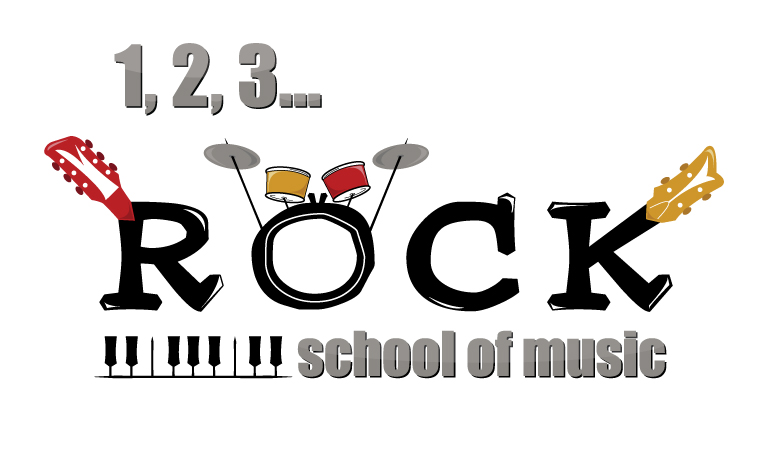For singers, engaging in vocal exercises to warm up the voice is of utmost importance in achieving optimal performance quality and preserving vocal health. Once familiarized with suitable exercise techniques, these can seamlessly integrate into one’s existing singing practice routine, requiring minimal time and effort.
—
Thursday, January 15th
Here are 5 of the most effective vocal warm-up exercises to prepare your vocals for an exceptional performance that resonates with A-list quality:
1. Yawning Techniques
Yawning techniques can effectively alleviate facial tension, promote vocal relaxation, and enhance vocal range. Plus, you significantly reduce the risk of vocal strain by loosening your jaw, throat, tongue, and face muscles.
Additionally, the act of yawning increases oxygen flow to the brain, resulting in heightened alertness and optimal performance during your singing endeavors.
2. Humming Warm-Ups
Engaging in humming exercises is highly beneficial for vocalists. It provides a comprehensive workout that stretches the vocal cords without causing strain. Additionally, it contributes to the development and improvement of vocal resonance and tone quality, resulting in a higher overall vocal performance.
But how does it work?
The effectiveness of humming can be attributed to the natural science behind it. The vibrations produced by the humming sound have a calming effect on the facial muscles, alleviating the tension that can negatively impact your voice. By incorporating humming into your warm-up routine, you can experience the relaxation and relief of facial muscles, leading to an enhanced vocal performance.
3. Lip Buzzing
Lip buzzing, or ‘lip trilling,’ is a simple yet enjoyable technique that significantly improves diaphragm movement and enhances breathing control.
The process involves creating a rapid vibration with your lips, resembling the sound of a motorboat. Once you’ve mastered the basic technique, you can take it further by incorporating singing into your buzz. Experiment with short and long notes while trilling, or if you’re up for a challenge, try tackling full melodies. Lip buzzing provides a dynamic and engaging exercise to develop your vocal skills further.
4. Tongue Trilling
Similar to lip buzzing, tongue trilling centers around the movement of the tongue. The technique entails curling your tongue and producing a rolling effect with your “R” sounds as you transition your vocal range from low to high. Tongue trilling provides an excellent opportunity to refine your tongue control and explore a wide range of vocal pitches.
5. Vocal Sirens
Engaging in vocal sirening is an excellent technique for stretching your vocals without straining or cracking your voice. This method involves smoothly transitioning through various notes and vocal ranges, creating a siren-like effect as you mimic the rising and falling pattern. The use of different vocal tones and “ooo” sounds adds depth and variation to the exercise.
It’s crucial to prioritize comfort and avoid pushing your range beyond what feels controlled. Straining or damaging your vocal cords can result from attempting extreme ranges that aren’t yet developed. Instead, listen to your body and focus on gradually improving your register over time. By doing so, you’ll ensure a safe and effective vocal warm-up routine.
——
This article is based on “9 Best Vocal Warm Ups to Improve Your Singing“, published on dittomusic.com


